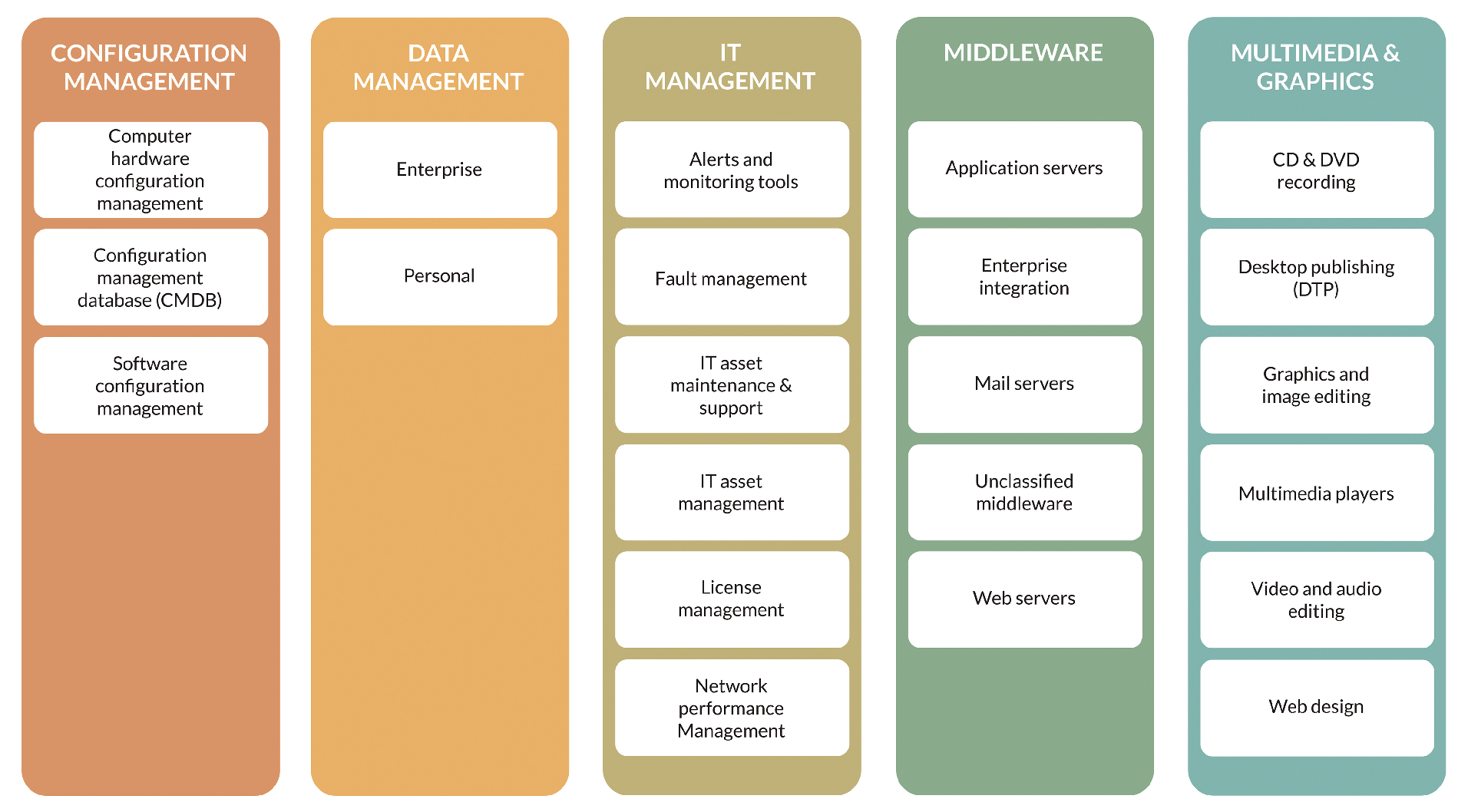
That’s where MongoDB comes in: JSON documents created in your Angular.js front end can be sent to the Express.js server, where they can be processed and (assuming they’re valid) stored directly in MongoDB for later retrieval.Īgain, if you want to easily get the best of MongoDB, you’ll want to look at MongoDB Atlas.

If your application stores any data (user profiles, content, comments, uploads, events, etc.), then you’re going to want a database that’s just as easy to work with as Angular, Express, and Node.
#STACK TECHNOLOGIES UPDATE#
Those functions, in turn, use MongoDB’s Node.js drivers, either via callbacks or using promises, to access and update data in your MongoDB database.

By making XML HTTP requests (XHRs), GETs, or POSTs from your Angular.js front end, you can connect to Express.js functions that power your application. Express.js calls itself a “fast, unopinionated, minimalist web framework for Node.js,” and that is indeed exactly what it is.Įxpress.js has powerful models for URL routing (matching an incoming URL with a server function), and handling HTTP requests and responses. The next level down is Express.js, running on a Node.js server. MEAN stack components Angular.js front endĪt the very top of the MEAN stack is Angular.js, the self-styled “JavaScript MVW Framework” (MVW stands for “Model View and Whatever”).Īngular.js allows you to extend your HTML tags with metadata in order to create dynamic, interactive web experiences much more powerfully than, say, building them yourself with static HTML and JavaScript (or jQuery).Īngular has all of the bells and whistles you’d expect from a front-end JavaScript framework, including form validation, localization, and communication with your back-end service. The MEAN architecture is designed to make building web applications in JavaScript and handling JSON incredibly easy. How does the MEAN stack work? MEAN stack architecture


 0 kommentar(er)
0 kommentar(er)
